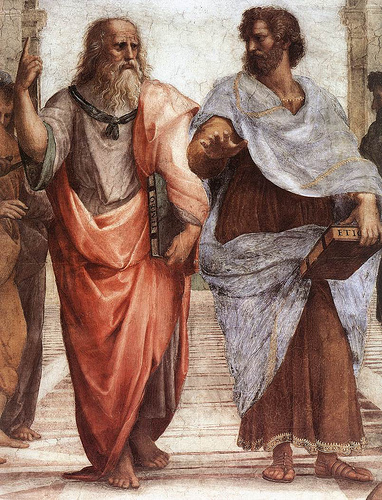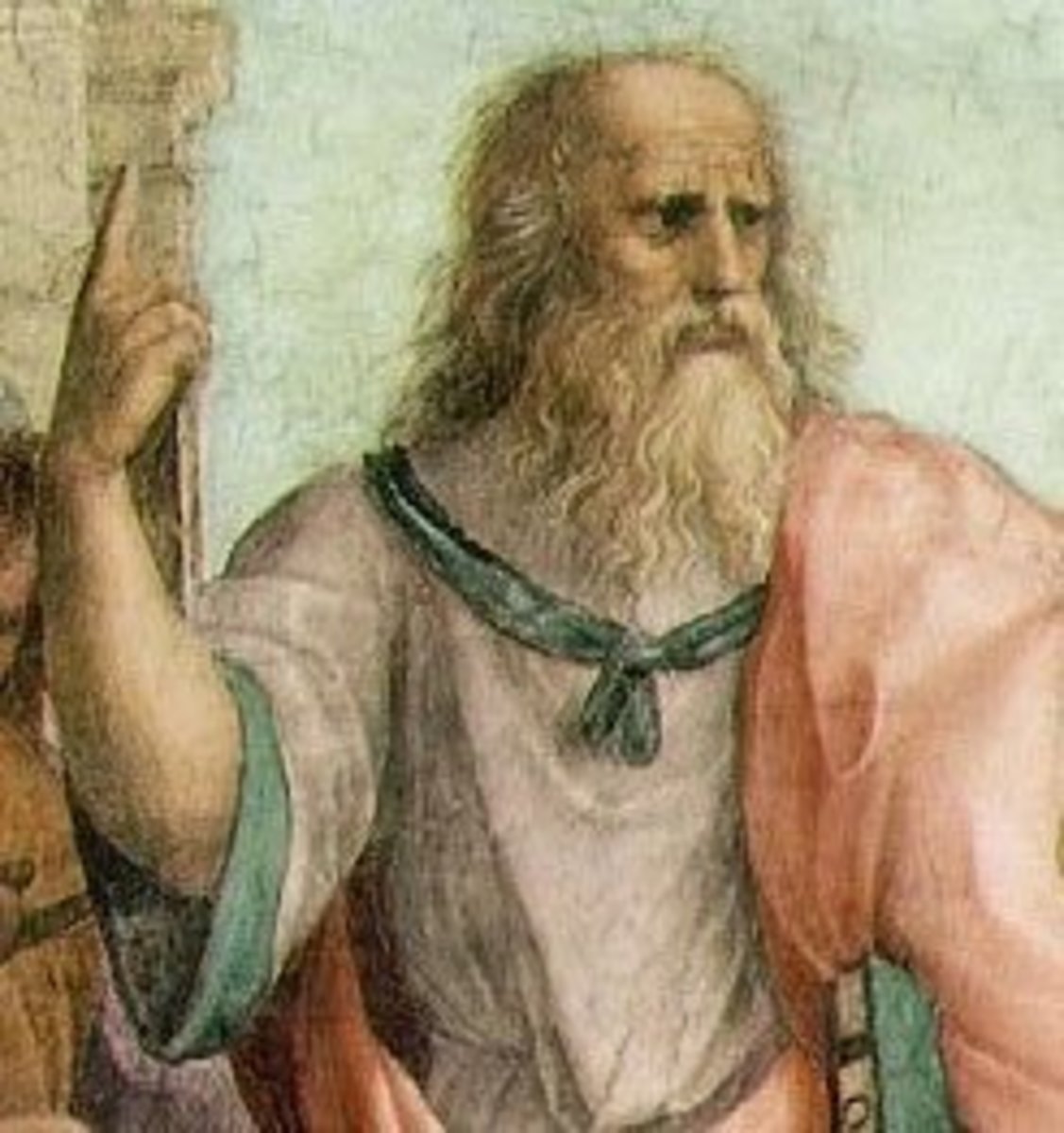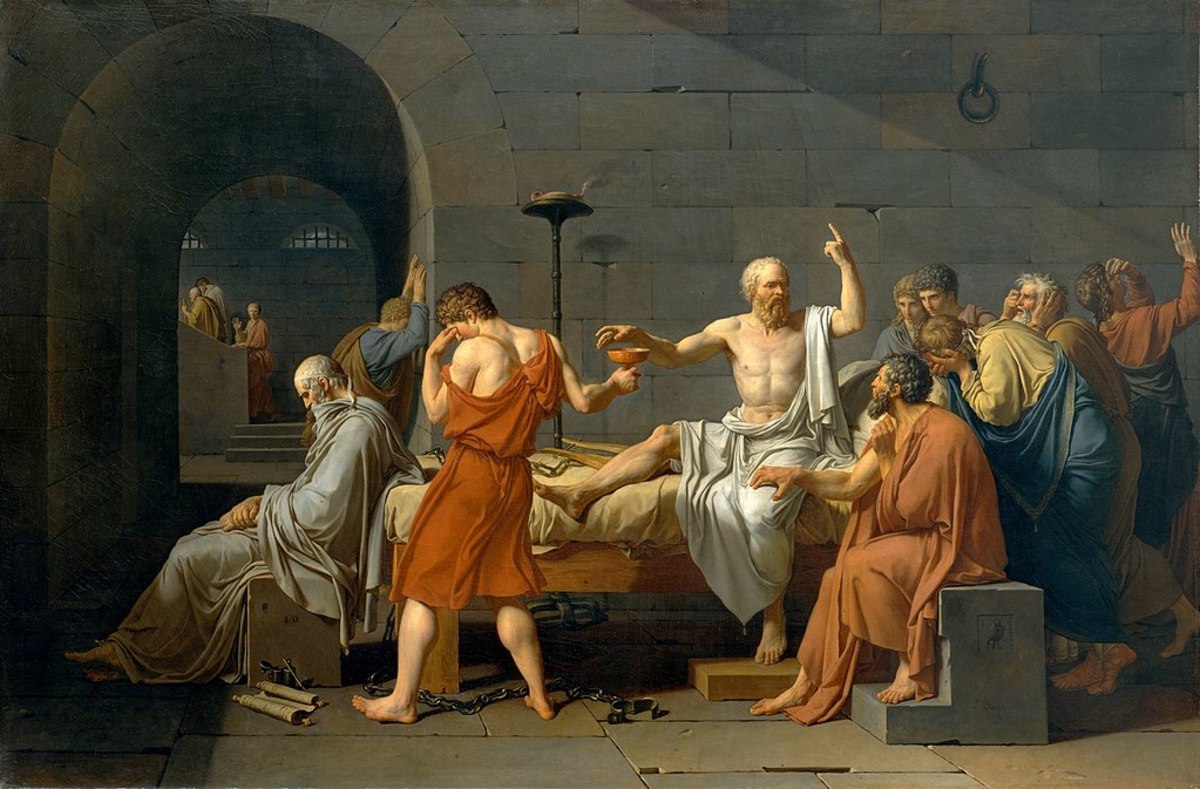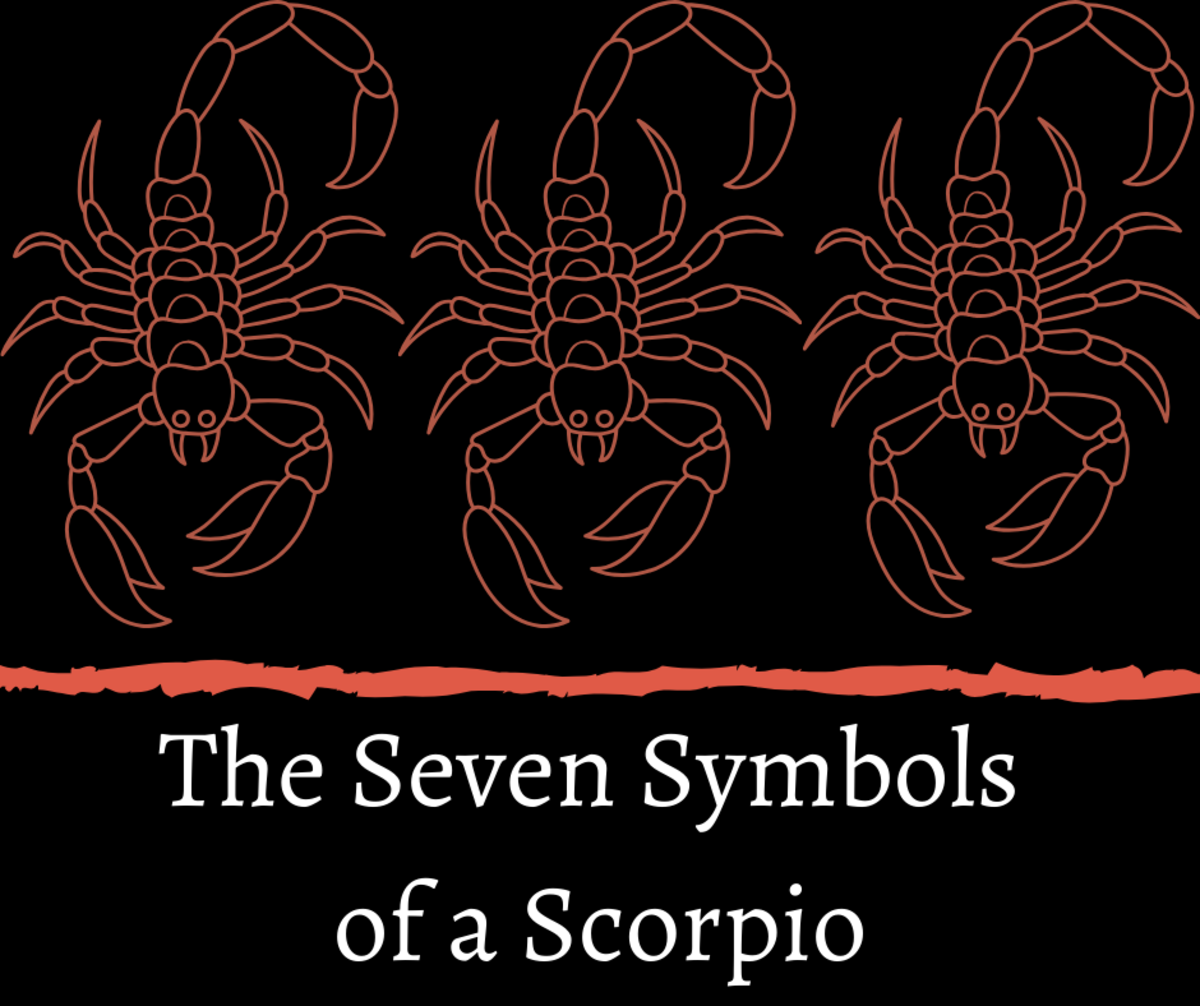A Little Introduction to Plato, his Theory of Forms and the Cave Simile
Introduction
This essay deals with the ancient Greek philosopher Plato who lived from 427-347 BC and his theory of forms, including his simile of the cave.
“Plato is often said to be the greatest philosopher of all time”. – Christopher Hamilton.
His most popular work was “The Republic” where he presented his major theories which were about true knowledge, justice the god. He had a special way to construct dialogues because he used a lot of metaphors and similes. He was a dualist which means that he thought that body and soul were separate and the soul would come from the world of forms which is the perfect idea of a world. His most famous analogy which represented his theory of the forms is the analogy of the cave.
The Story/Simile
In this simile there are a group of men who are chained to the ground of a big cave. They are so tighten bounded that they are only able to see the wall in front of them. Behind them there is a big bonfire and between these two is a big roadway where different puppet masters are passing by. Since they can remember they live like this and so they think that the shadows which are thrown by the people who are passing the roadway are real. One day one of the prisoners is freed and can go out of the cave. Firstly he is almost blinded by the bright light of the sun outside but he gets more used to it as longer he is outside. He finds out now that there are actually existing other things than the shadows and is very impressed by it. Afterwards he comes in the cave again and tells the others of it. They become slightly angry and Plato even says that they would kill him when they could because they have no reason to believe him and they are satisfied with they “wrong” knowledge about the world.
Meaning of the Simile

This story is used to explain Plato's Theory of the forms so the things that are in it are of course metaphors for the different parts of the theory. The cave and what the prisoners, who are standing for humanity and its not true philosophers, see of it shall simply represent the shadowlands because they think the shadows, which are only the simulations of the real things or in other words the forms, would be real but the only reason that they think this is obviously that they did not have any other experiences so far. The puppet masters who would pass the roadway are a metaphor for the people who according to Plato would spread false information and these are politicians and generally people in government. The big fire which is burning behind the roadway The outside world which is entered later by one of the prisoners is a representation of the World of the Forms which is in this story simply the real world and in it there are the actual objects and not only the shadows like on the cave wall. This world is enlightened by the sun and so the sun can be interpreted as the Form of the Good because it is the highest of the Forms and so gives everything its divinity. The freed man is now making the experience of this world and this exploration is a metaphor for find true knowledge. According to Plato this was just possible for true philosophers.
The Theory of Forms – Plato's Main Theory
The theory of the forms which is presented by Plato through the metaphorical analogy of the cave is teaching a lot of different things and was always the “core” of Plato's thinking. In his opinion the highest of all forms was the Form of the Good which he said was the highest form of goodness and so it is the absolute measure of justice. It is the form without nothing would exist and so a lot of philosophers compared with God but it has some differences because it only “is there” and can not be compared to a supernatural being which takes decisions. Plato’s Epistomology holds that knowledge is innate which means that we know different things before our birth on earth. He thinks that because he had the opinion that our soul comes from the World of the Forms. Knowledge had different levels and of course true knowledge is he highest of all knowledge. On the other side opinions are the lowest kind of knowledge and our perception of something is a bit higher. Sciences like math lie between these false and true kinds of knowledge as they teach something that is true in the World of Forms, too .According to Plato values like justice and goodness would be the most important. He said that only true philosophers who had the understanding of the world of the forms should be politicians and people in government because they could provide then most happiness.
In conclusion it can be said that Plato’s Analogy of the cave was a very important part in the history of philosophy because it was one of the biggest in ancient times. It shows us that we have to examine our lives better and so it is a very important part of philosophy.






